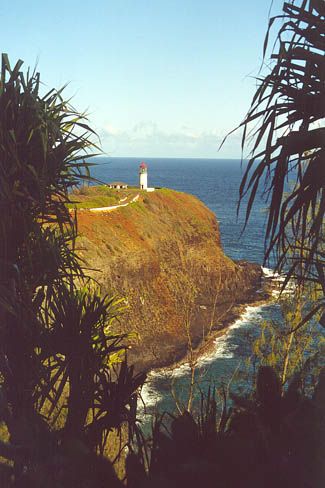
Description: Kaua`i, The Garden Island, has six minor navigational lights and two primary seacoast lights distributed around its shoreline. The two major lights are Kilauea Point Light and Nawiliwili Light. The Lighthouse Board asserted that a first order light at Kilauea Point, the northernmost point of the inhabited Hawaiian Islands, would serve as a landfall light for ship traffic from the Orient.
Kilauea Point, a narrow, lava peninsula protruding from the northern shore of Kaua`i, was purchased from the Kilauea Sugar Plantation Company in 1909 "for the consideration of one dollar". Before construction could begin, a method for delivering supplies to the point had to be developed. Due to the lack of good roads in the area, the decision was made to bring the materials in by sea.
The lighthouse tender Kukui would anchor offshore and then dispatch small boats laden with supplies to a cove near the point. Since there was no beach, the boats would anchor to cleats cemented into the lava rocks at the point. A boom derrick, constructed on a ledge ninety feet above the water, would pluck the supplies from the boats and place them on a loading platform 110 feet above the water.
Work on the tower began in August of 1912. The ironwork for the tower's spiral staircase and lantern room was produced by the Champion Iron Company of Kenton, Ohio, while the second-order, bivalve, Fresnel lens and clockworks were manufactured in France by Barbier, Bernard and Turenne, at a cost of $12,000. When the lens arrived, it was discovered that the assembly instructions were in French. After receiving help for translating the instruction, the lens was assembled in the tower and then floated on a bed of mercury contained in a circular trough, nine inches deep with an inside diameter of roughly six feet. The revolving lens, which was first illuminated on May 1, 1913, produced a double flash every ten seconds.
As part of a day-long celebration that preceded the first lighting, the entire population of Kilauea town was invited for a luau, featuring Kalua pig baked in the ground, sweet potato, and poi. Also included in the festivities was a shark shoot. The station derrick was used to lower a cow carcass into the waters at the landing cove, where sharks attracted to the bait could be easily shot.
The May 6, 1913 edition of The Garden Island, Kaua`i's newspaper, reported on the lighting ceremony.
The Kilauea Point Lighthouse, like the Cyclops of old, which swept the sea with their one fierce eye, burst forth its shining eye of warning to the mariner ... while hundreds of country people who had gathered to witness the wonderful sight made the shores and hills ring with astonished delight. Samuel Apollo Amalu came to the station in 1915 replacing the first keeper, Harry W. Flint. Amalu was known for his swimming ability, and would frequently brave rough water, strong currents, and deadly sharks, to reach Moku`ae`ae Rock, a fair distance offshore from the point. Amalu served at the station for ten years, the longest unbroken string of service at Kilauea under the Lighthouse Board, before he transferred to Makapu`u Light on Oahu.
Although the lighthouse certainly aided many a mariner, it is most known for assisting Lieutenants Maitland and Hegenberger aboard The Bird of Paradise, an Army transport plane. Just a month after Lindberg's transatlantic flight, the two lieutenants set off from Oakland on June 28, 1927 on what was to be the Army's first transpacific flight from the west coast to Wheeler Field on Oahu.
A new radio beacon had been established on Maui and was to guide the plane during the flight. However, 200 miles out of Oakland the plane's radio failed. Hegenberger was forced to rely on celestial navigation and dead reckoning. After twenty-six hours of flight, the crew was extremely fatigued. They were low on fuel and should have reached the islands by that time. In this moment of desperation, a flicker of light off the left side of the plane caught Maitland's eye. He banked left and directed the plane towards the light. After circling the Kilauea Point while waiting for dawn, the plane continued on to Oahu where it touched down at Wheeler Field at 6:30 a.m. on June 24.
The lighthouse had literally saved the lives of the airmen. As Kauai is the westernmost of the inhabited Hawaiian Islands, had the flash of light not attracted Maitland's attention, the plane would have likely missed the islands completely and eventually plunged into the Pacific.
In 1939, the Coast Guard assumed responsibility for the lighthouse, which was lit each night until World War II, when the light was deactivated so as not to aid the enemy. After the war, the lighthouse resumed operation. In 1974, the lighthouse became part of the Coast Guard's Lighthouse Automation and Modernization Program (LAMP). It took a year to automate the station, but then complications with the mercury floatation system, prompted the removal of the mercury. With the revolving lens now crippled, a rotating beacon was placed on a 10-foot pole seaward of the tower. The modern tower was activated in February of 1976. The original tower with the clamshell lens still in place was placed on the National Register of Historic Places on October 18, 1979.
Kileau Point and the lighthouse became part of the Kilauea Point National Wildlife Refuge, when it was established in 1985. Today there are more birdwatchers than lighthouse enthusiasts who visit the point. Even if you aren't an avid birdwatched, it is thrilling to watch the Great Frigatebird and Laysan Albatross, with their large wingspans, soaring above the lighthouse. If you are lucky, you might even spot a Nene, an endangered Hawaiian goose, roaming the grounds.
References
The Lighthouses of Hawai`i, Dean, 1986.
The Keeper's Log,Summer, 1989.
Location: Located on Kilauea Point in the Kilauea Point National Wildlife Refuge, the northernmost point of any inhabitated Hawaiian Island. Latitude: 22.2313Longitude: -159.4034Get a map to Kilauea Lighthouse from: Google Maps or Mapquest
Lighthousefriends.com
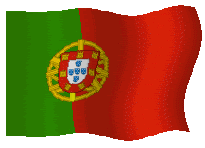


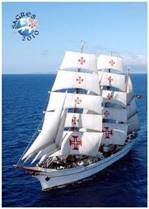





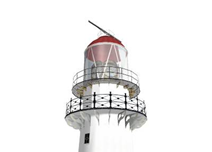













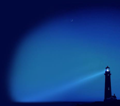


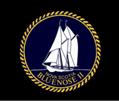


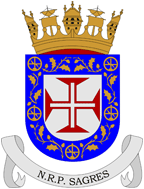

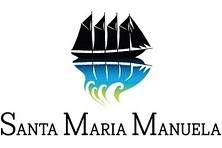
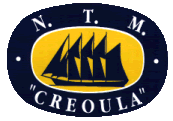

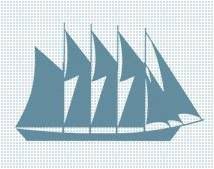
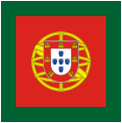
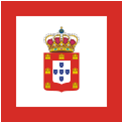




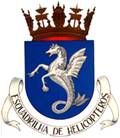
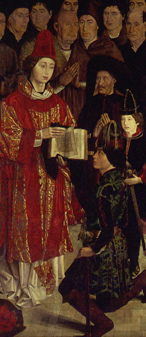



%201970-01-30.png)




























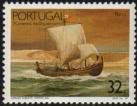
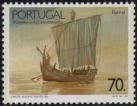
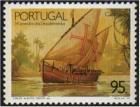
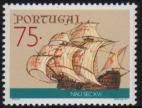
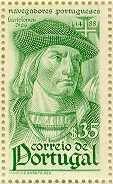


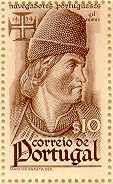

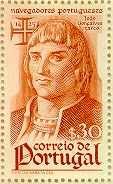
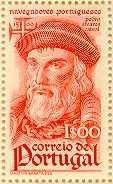
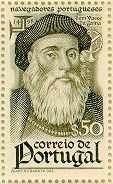
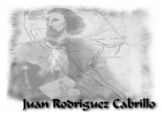
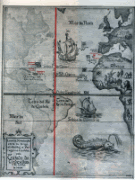
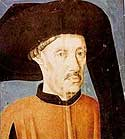
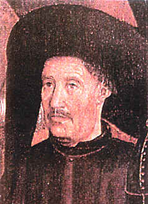

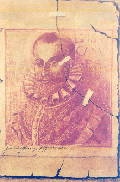
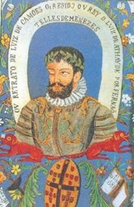

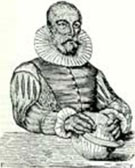
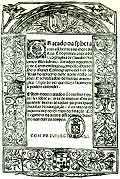
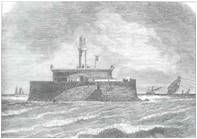



































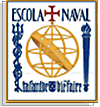
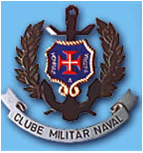


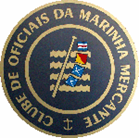



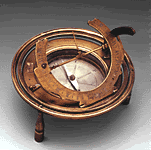
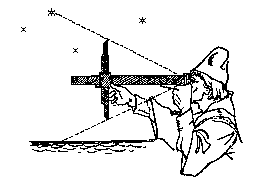
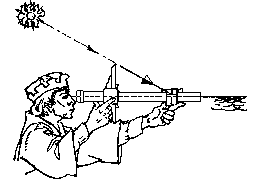

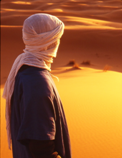




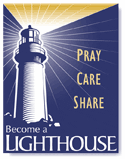
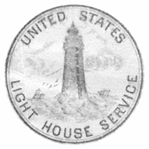

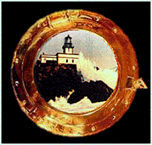


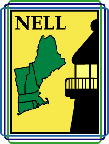


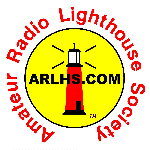


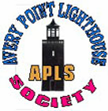




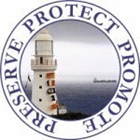
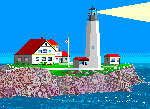




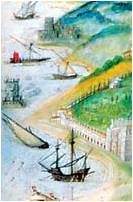
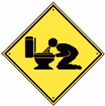
Sem comentários:
Enviar um comentário